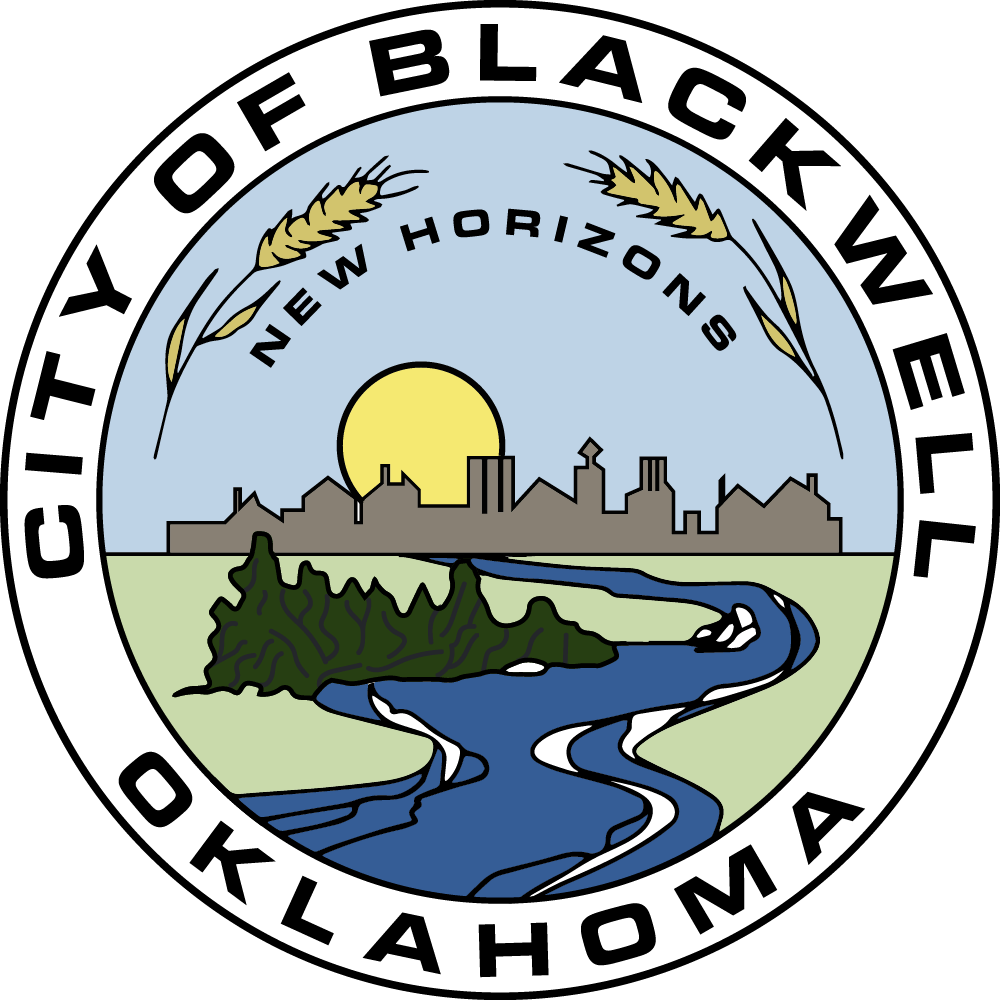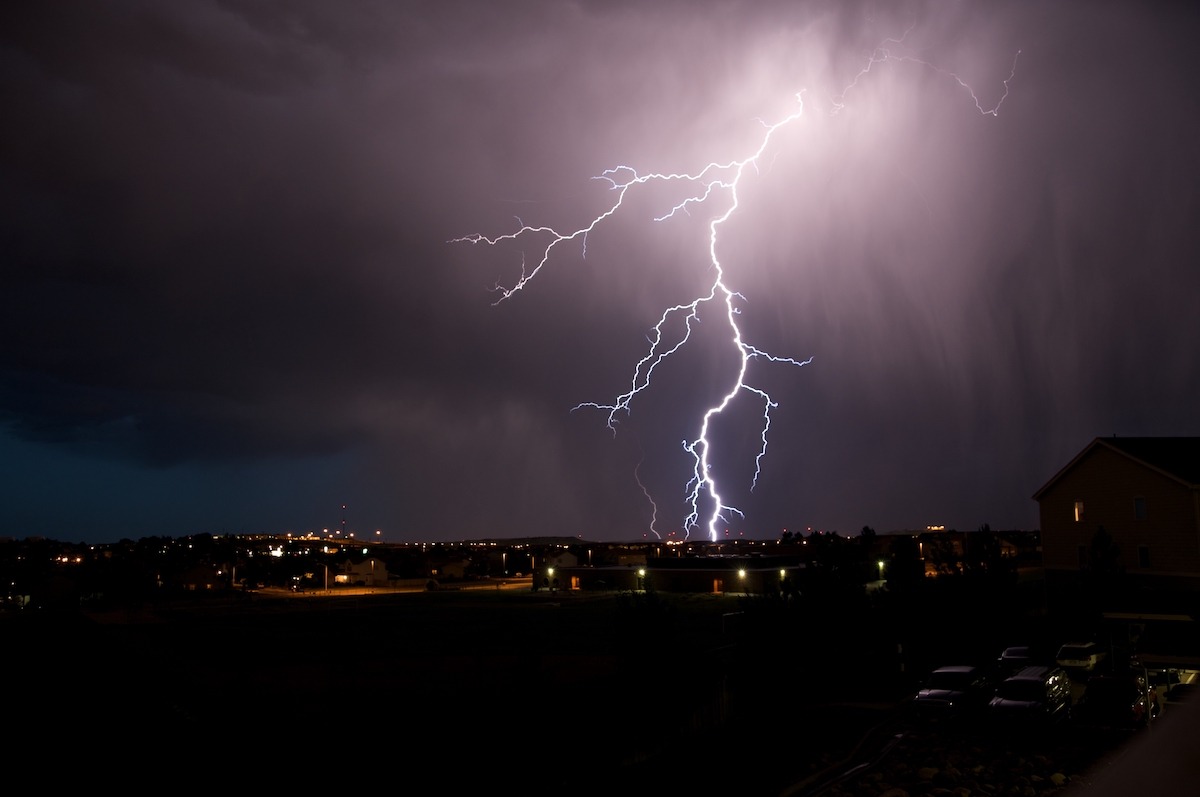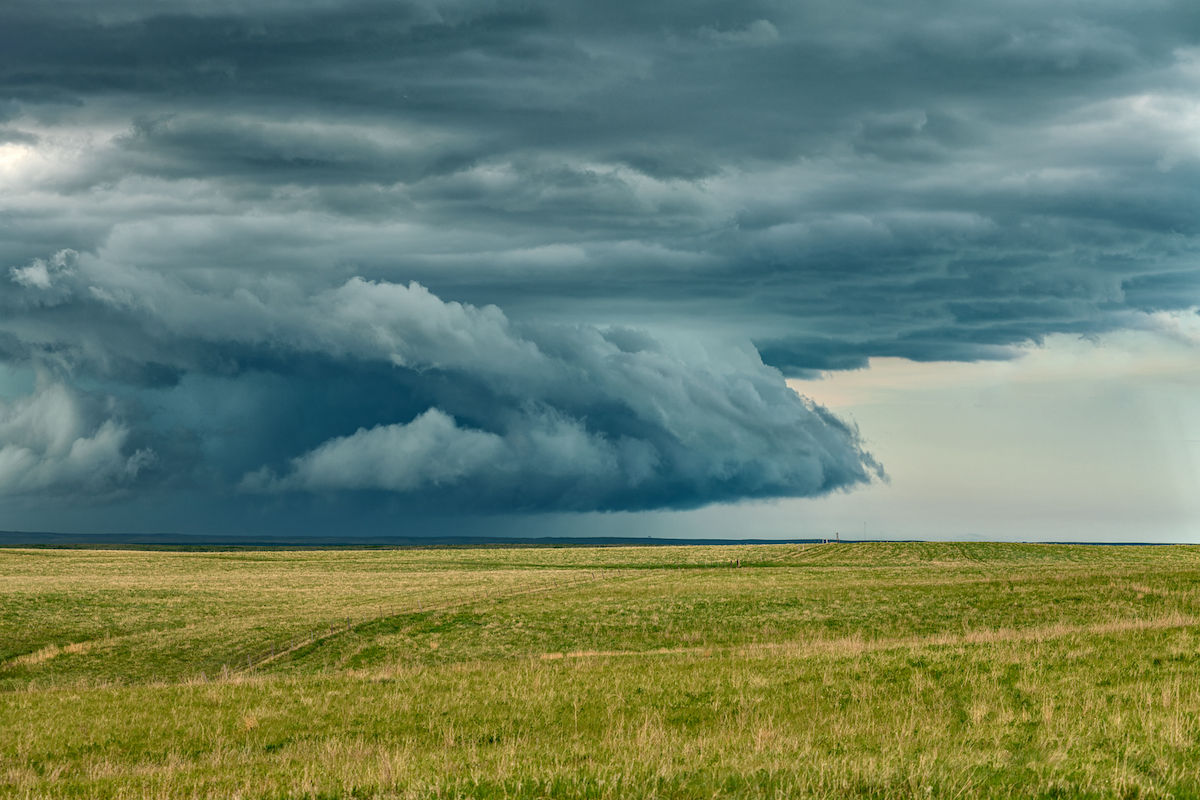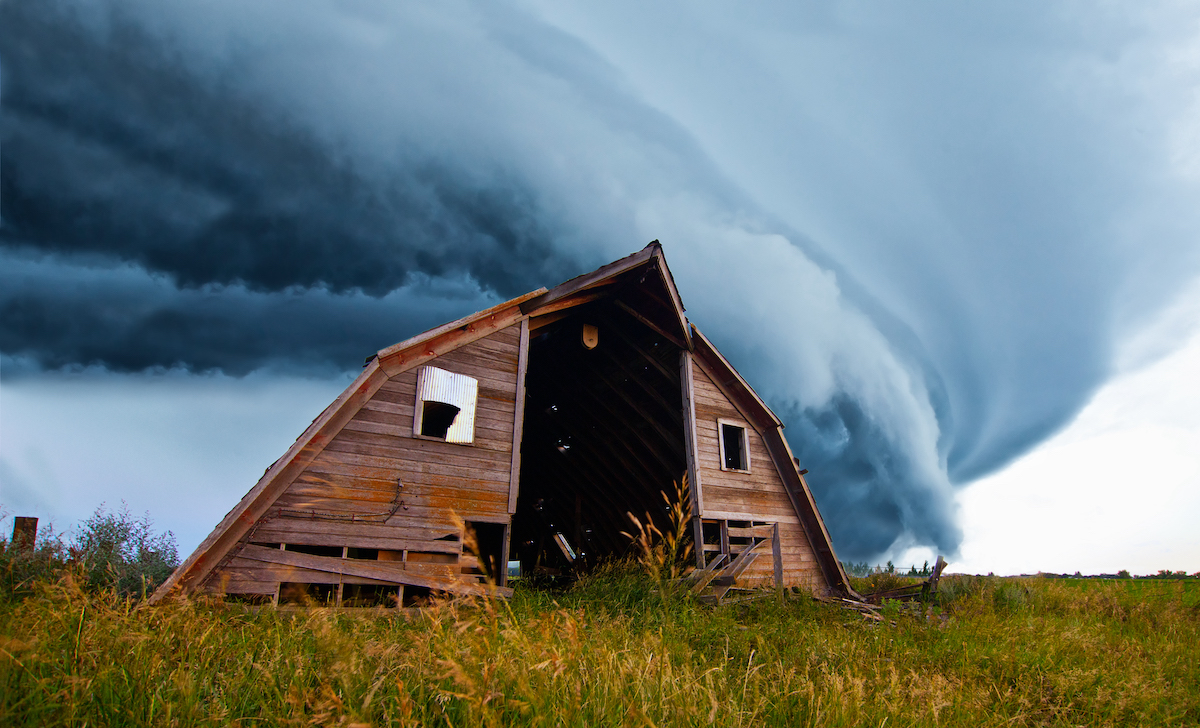City of Blackwell Severe Weather – Operations Department
STORM SAFETY
The City of Blackwell is a STORM READY community.
The City of Blackwell was devastated by an F-5 tornado in 1955, and since then we have been devoted to being a community that understands, respects, and prepares for severe weather.
The City of Blackwell was officially declared a “Storm Ready” community by the National Weather Service in Norman. We are one of only two communities within Kay County to carry that recognition.
There are currently 12 tornado sirens in Blackwell which go off the minute a tornado warning is issued for the area.
Blackwell residents have several ways to receive up-to-the-minute weather coverage, including the Nixle news alert service, which can be subscribed to by texting “74631” to 888-777. Blackwell locals who are socially connected via Facebook can also find the Blackwell Skywarn and Blackwell Storm Spotters pages from the City of Blackwell’s SWOD. The department provides live updates, videos, and more during severe weather outbreaks. Blackwell’s SWOD can also be found on Twitter, @Blackwell_SWOD.
There were 1,422 tornadoes in 2019. Between 1,253 and 1,297 tornadoes occur annually in the U.S., according to data from the National Centers for Environmental Information and the National Weather Service’s Storm Prediction Center.
Currently, Kay County ranks fifth in the state for tornado totals, as reported by the National Weather Service in Norman. From 1950 through 2018, there have been 96 tornadoes in Kay County, with Canadian, Osage, Oklahoma, and Caddo county rounding out the rest of the Top 5.
When spring arrives in some parts of the U.S., so does extreme weather like tornadoes and thunderstorms. And as fall and winter approach, many homeowners begin bracing themselves for wildfire season or hurricane season, followed by winter storm season. Although the types and the severity of these extreme weather events varies widely depending on where you live, it’s important for all homeowners to stay informed and to be prepared.
Whether purchasing a new home or considering updating or changing home insurance coverage, it’s important to ensure you have adequate coverage that’s relevant to your risks. Not only should you make sure your homeowners insurance is up to date, you should also make sure your coverage will see you safely through any severe weather in your area.
Homeowners insurance coverage can vary from one policy to the next, but there are four types of coverage commonly included in standard homeowners insurance policies: coverage for the structure of your home, coverage for your personal belongings, liability protection and coverage for additional living expenses.
Although your standard homeowners insurance policy protects you from natural disasters, it’s still essential for you to do everything you can to ensure your safety, as well as the safety of your home, during a severe weather event. Here’s a quick checklist of things you can do to prepare your home for different types of extreme weather:
Lightning
- Check your homeowners insurance: In most cases, your homeowners insurance should cover fire damage caused by a lightning strike, but check whether your insurance policy covers damages caused to electronics or appliances because of electrical surges.
- Install a lightning protection system (LPS): A lightning protection system generally consists of five elements: bonds, grounds, lightning rods, main conductors and surge protectors. Lightning rods, in particular, are easy to find and install yourself, though you may need a professional to help you install the entire system.
- Install transient voltage surge suppressors: These suppressors protect your electronics from power surges caused by lightning and are incredibly easy to use.
- Unplug electronics and appliances: Protect electronics and appliances by unplugging them before the thunderstorm hits
Hail
- Close blinds, drapes and window shades: During a hailstorm, make sure you close all blinds, drapes and window shades to prevent broken glass from blowing into your home.
- Get impact-rated skylights: Install skylights that have a high impact rating. These skylights are much more weather-resistant and less likely to be shattered by hail.Examine and fix your roof: Take a close look at your roof before the severe weather season arrives. Check for any wear and tear, and repair the roof where needed.
- Maintain house siding: Make sure the siding on your home is well maintained. If you need to replace it, do so with hail-resistant, fiber-cement siding.
Tornado
The safety measures you implement to protect your home from strong winds apply to tornadoes as well. However, there are a few additional measures you should take to prepare your home for tornadoes:
- Reinforce your roof: This can be done by connecting the rafters or trusses of your roof to load-bearing walls using straps or clips. It is not uncommon for roofs to be partially or entirely blown off during a tornado, so securing your roof is a good idea.
- Find a safe room or space: Find and allocate a safe room or space in your house where everyone in the home can go to ride out the storm. This should be on the ground floor or in the basement.
- Tie down furniture and appliances: Tie down and secure large furniture and appliances to ensure they don’t topple over. You can use straps and anchors designed specifically for this purpose.
- Turn off utilities: Make sure you know where to turn off your electricity, gas or water before the storm hits, so you can turn them off quickly if necessary.
- Get window boards: If you don’t have shutters for glass doors or windows, you can improvise by installing DIY plywood shutters
More tips can be found here, from Simple Dollar:




